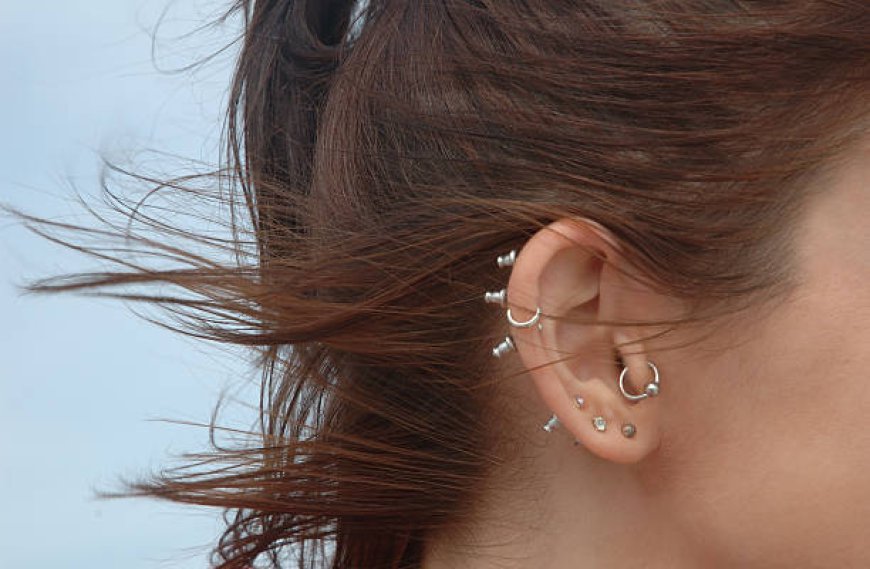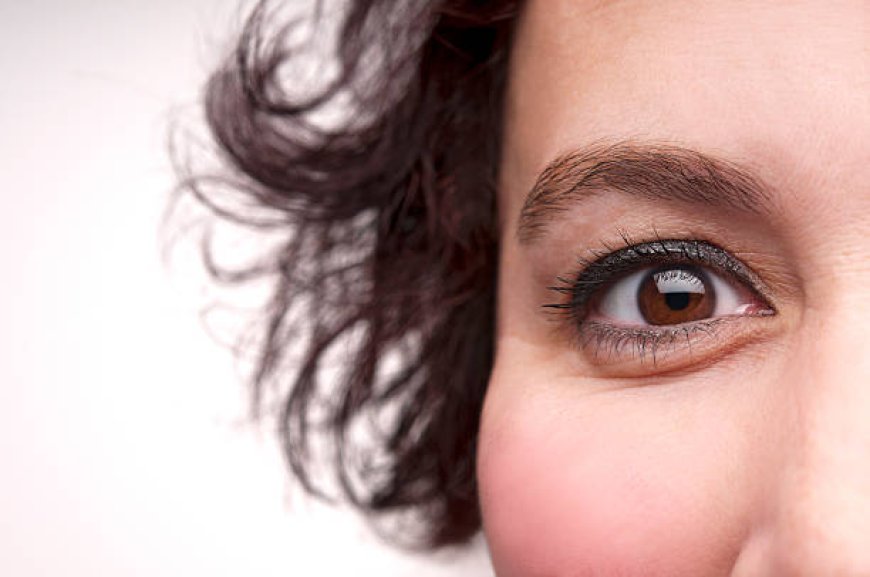What Causes Eye Bags
Eye bags, which are defined by swelling or puffiness under the eyes, are frequently a cosmetic concern that lowers self-esteem. The usual causes of this illness fall into three categories: aging, genetic predisposition, and lifestyle decisions.

Eye bags can be a common concern for many individuals, often making them appear tired or older than they feel. Understanding what causes eye bags is crucial for anyone looking to enhance their appearance or explore Eye Bag Removal in Riyadh(تصغير كيس العين في الرياض). This blog will delve into the various factors contributing to eye bags, the underlying mechanisms, and potential solutions available.

Understanding Eye Bags
Eye bags, characterized by puffiness or swelling beneath the eyes, are often a cosmetic issue that can affect self-esteem. This condition is typically caused by various factors that can be categorized into lifestyle choices, aging, and genetic predisposition.
Lifestyle Choices
Several lifestyle habits can significantly impact the appearance of eye bags:
- Sleep Deprivation: Lack of sleep can lead to fluid retention and increased puffiness under the eyes. Aim for 7-9 hours of quality sleep each night.
- Diet: High salt intake can cause the body to retain water, resulting in swelling around the eyes. A balanced diet with low sodium can help reduce this.
- Dehydration: Insufficient water consumption can lead to a tired appearance. Staying hydrated helps maintain skin elasticity and minimizes eye bags.
- Alcohol and Smoking: Both can contribute to premature aging and puffiness. Reducing alcohol intake and quitting smoking can improve overall skin health.
Aging and Eye Bags
As individuals age, the skin loses its elasticity and collagen, leading to sagging and the formation of eye bags. Several age-related factors include:
Skin Changes
- Decreased Collagen Production: Collagen provides structure to the skin. Its reduction over time results in looser skin and the formation of eye bags.
- Fat Accumulation: The fat that supports the eyes can shift downwards with age, leading to a bulging appearance.
Changes in Muscle Tone
- Weakened Muscles: The muscles that support the eyelids may weaken with age, allowing fat to protrude and create the appearance of bags.
Genetic Predisposition
Genetics play a significant role in the likelihood of developing eye bags. Some people may be genetically predisposed to have more prominent eye bags or puffy eyes.
Family History
- Inherited Traits: If family members have eye bags, there is a higher chance of developing them. This genetic predisposition may lead to structural changes in the skin and tissues around the eyes.
Allergies and Inflammation
Allergic reactions can contribute to the development of eye bags. Allergies may cause the body to release histamines, which can lead to inflammation and swelling in the eye area.
Common Allergens
- Pollen, Dust, and Pet Dander: These allergens can trigger reactions, causing the eyes to puff up.
- Skin Care Products: Some products may contain irritants that lead to localized swelling around the eyes.
Medical Conditions
In some cases, underlying medical conditions can lead to the formation of eye bags. Identifying and addressing these conditions may help reduce their appearance.
Conditions to Consider
- Thyroid Disorders: Conditions like hypothyroidism can cause puffiness around the eyes.
- Sinus Issues: Sinus infections or allergies can lead to swelling and congestion, affecting the eyes.
Preventing Eye Bags
While it may not be possible to eliminate eye bags entirely, there are several preventive measures that individuals can take to minimize their appearance.
Healthy Lifestyle Choices
- Adequate Sleep: Prioritize restful sleep to reduce puffiness.
- Hydration: Drink plenty of water to keep the skin hydrated and healthy.
Skincare Routine
- Gentle Cleansing: Use a mild cleanser to avoid irritation.
- Moisturizers: Hydrating eye creams can help maintain skin elasticity and reduce the appearance of bags.
Treatments for Eye Bags
If lifestyle changes and prevention methods are insufficient, individuals may explore treatment options for Eye Bag Removal in Riyadh. Various methods are available, ranging from non-invasive to surgical procedures.
Non-Invasive Options
- Topical Treatments: Eye creams containing caffeine or peptides can help temporarily reduce puffiness.
- Dermal Fillers: These can be injected to add volume and minimize the appearance of bags.
Surgical Options
- Blepharoplasty: This surgical procedure removes excess fat and skin, providing a more youthful appearance.
When to Seek Help
If eye bags persist despite efforts to reduce them, or if they are accompanied by other symptoms, it may be time to consult with a professional. Understanding the root cause of eye bags is essential for determining the most appropriate treatment.
Signs to Watch For
- Persistent Swelling: If eye bags do not improve with lifestyle changes, further evaluation may be necessary.
- Other Symptoms: Accompanying symptoms such as pain or vision changes should prompt a visit to a healthcare professional.
Conclusion
Understanding what causes eye bags is the first step toward addressing this common concern. From lifestyle choices to genetic predisposition, multiple factors contribute to their appearance. By implementing preventive measures and considering treatment options, individuals can take control of their appearance and explore solutions like Eye Bag Removal in Riyadh(تصغير كيس العين في الرياض). Whether through non-invasive techniques or surgical procedures, there are ways to achieve a more youthful, refreshed look.

 maria3211
maria3211